A facelifted version of the strong selling second-generation Porsche Cayenne has been revealed ahead of a planned public debut at the Paris motor show in October.
Included as part of the updated range is a new 410bhp petrol-electric S E-Hybrid model that is claimed to offer a 0-62mph time of 5.9sec and a combined average of 83.1mpg. That's alongside a 151mph top speed and a zero-emission electric range of up to 22 miles at up to 78mph.
The reworked Cayenne is already on sale, and will be in UK showrooms from October. The model further benefits from a series of exterior and interior design changes that bring it in line with the manufacturer's current offerings.
There's also a range of reworked petrol and diesel engines allied to new fuel saving technology – all aimed at providing it with fresh appeal some four years after it first arrived in UK showrooms.
The mid-life styling changes appear subtle but bring some significant changes to the front-end design of the Cayenne. Updates include a larger grille, a new bumper with additional blades within the air ducts for more efficient cooling of the intercoolers, redesigned front wings and a larger bonnet boasting subtle contouring.
More angular headlights, with standard Xenon main beams (LED with Porsche Dynamic Light System on the top-of-the-line Turbo), are fitted to the new Cayenne too.
At the rear there are revised tail-lights that, like the headlights, adopt a more angular shape. The number plate recess and boot opening mechanism now also blends more elegantly into the tailgate. Porsche's design team has also added a revised bumper with integrated tailpipes.
Changes inside include a new multi-function steering wheel with shift paddles modelled on that used in the 918 Spyder, which come as standard equipment together with a more contoured rear seat that now comes with optional ventilation.
Heading the long list of efficiency boosting features brought to the facelifted Cayenne is a new coast function as well as improved version of the existing model’s stop/start system – both of which have been integrated into its standard eight-speed automatic gearbox.
Further innovations include active air flaps located behind the grille. They open or close depending on the cooling requirements for the engine, constantly adjusting the volume of air entering the engine bay and helping to reduce aerodynamic drag.
New to the Cayenne line-up is the S E-Hybrid, which replaces the S Hybrid. It runs the same Audi-engineered supercharged 3.0-litre V6 direct injection petrol engine as its predecessor. With 328bhp and 325lb ft of torque, it is mated to a new electric motor that develops 94bhp.
Altogether, Porsche’s third dedicated plug-in hybrid model, after the 918 Spyder and Porsche Panamera S E-Hybrid, delivers a combined output of 410bhp at 5500rpm and 434lb ft of torque between 1200 and 4000rpm, improving on the model it replaces by 35bhp and 7lb ft.
The S E-Hybrid is claimed to accelerate 0.6sec faster than the S Hybrid from 0 to 62mph, with an official time of 5.9sec. Top speed has also marginally increased to 151mph.
Porsche quotes a zero-emission electric range of between 11 and 22 miles depending on the topography of the road and driving style. Top speed in electric mode is limited to 78mph.
Big gains have been achieved in fuel economy and CO2 emissions thanks to the adoption of plug-in technology. Porsche figures point to a whopping 48.6mpg improvement in combined cycle fuel economy at 83.1mpg, with CO2 emissions dropping by 114g/km to 79g/km on the European test cycle.
In further changes, Porsche has replaced the naturally aspirated 4.8-litre V8 direct injection petrol engine in the Cayenne S with a new twin-turbocharged 3.6-litre V6 direct injection petrol unit from the recently introduced Porsche Macan Turbo.
With 414bhp at 6000rpm and 405lb ft of torque, the new unit delivers an added 20bhp and 37lb ft, providing the Cayenne S with a 0.5sec improvement in its 0-62mph time at 5.4sec, together with an incremental increase in top speed at 161mph. Fuel economy increases by 2.8mpg to an official 29.7mpg, while average CO2 emissions are reduced by 22g/km at 223g/km.
Further up the range, the Cayenne Turbo gains a more powerful version of Porsche’s turbocharged 4.8-litre V8 direct injection petrol engine developing an added 20bhp at 512bhp and an extra 37lb ft of torque at 553lb ft.
Its 0-62mph time is reduced by 0.3sec to an official 4.4sec, while top speed increases by 1mph to 174mph. In combination with the Cayenne’s new fuel saving technology, combined cycle fuel economy improves by 0.6mpg to 25.2mpg, providing the rapid SUV with a 29g/km improvement in average CO2 emissions at 261g/km.
Porsche has also increased the output of the 3.0-litre V6 common rail diesel engine in the Cayenne Diesel. It now produces an additional 16bhp and 12lb ft with 258bhp at 6000rpm and 427lb ft of torque between 1750 and 2500rpm. The subtle bump in reserves cuts 0.3sec from the 0-62mph time to 7.2sec, while top speed extends by 1mph to 137mph.
Even milder are the changes brought to the Cayenne S Diesel. Its turbocharged 4.2-litre V8 common rail diesel engine gains 3bhp, taking its output up to 380bhp. Torque, however, remains the same as before, rising to a peak of 626lb ft between 2000 and 2750rpm.
The slight increase in power combines with the efficiency gains to the gearbox to reduce the 0-62mph time by 0.4sec to 5.3sec while retaining the previous model’s 157mph top speed. Fuel economy is up by 1.3mpg at 35.3mpg, resulting in a 9g/km reduction in CO2 emissions, at 209g/km.
Together with the myriad engine changes, Porsche says it has fined tuned the Cayenne’s chassis to provide what it describes as a “greater spread between comfort and sportiness”.
Get the latest car news, reviews and galleries from Autocar direct to your inbox every week. Enter your email address below:

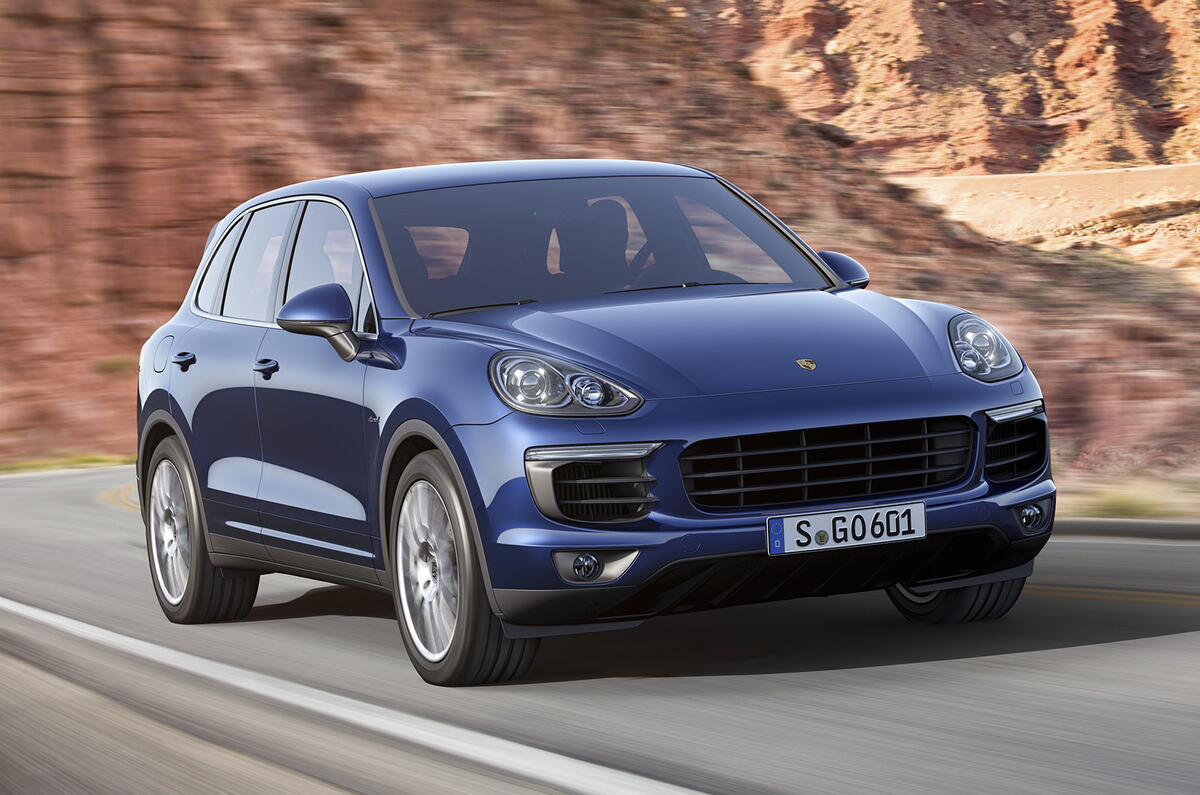
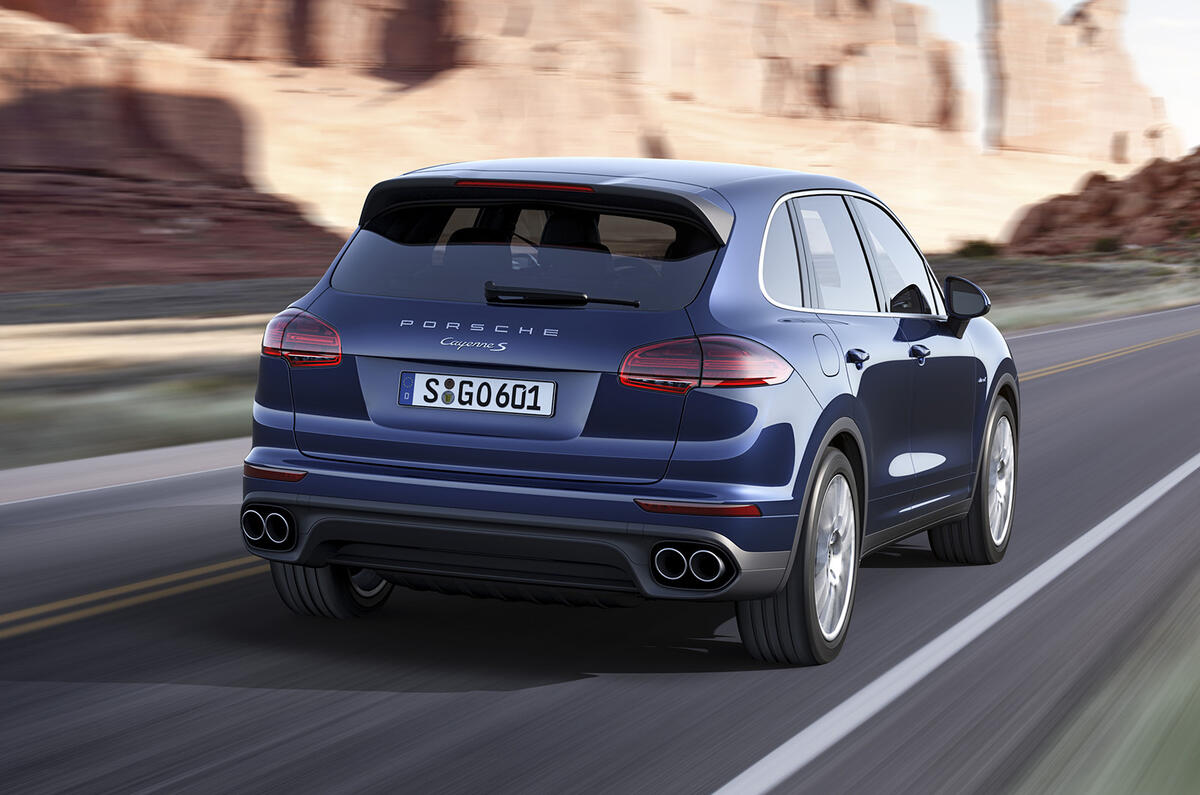
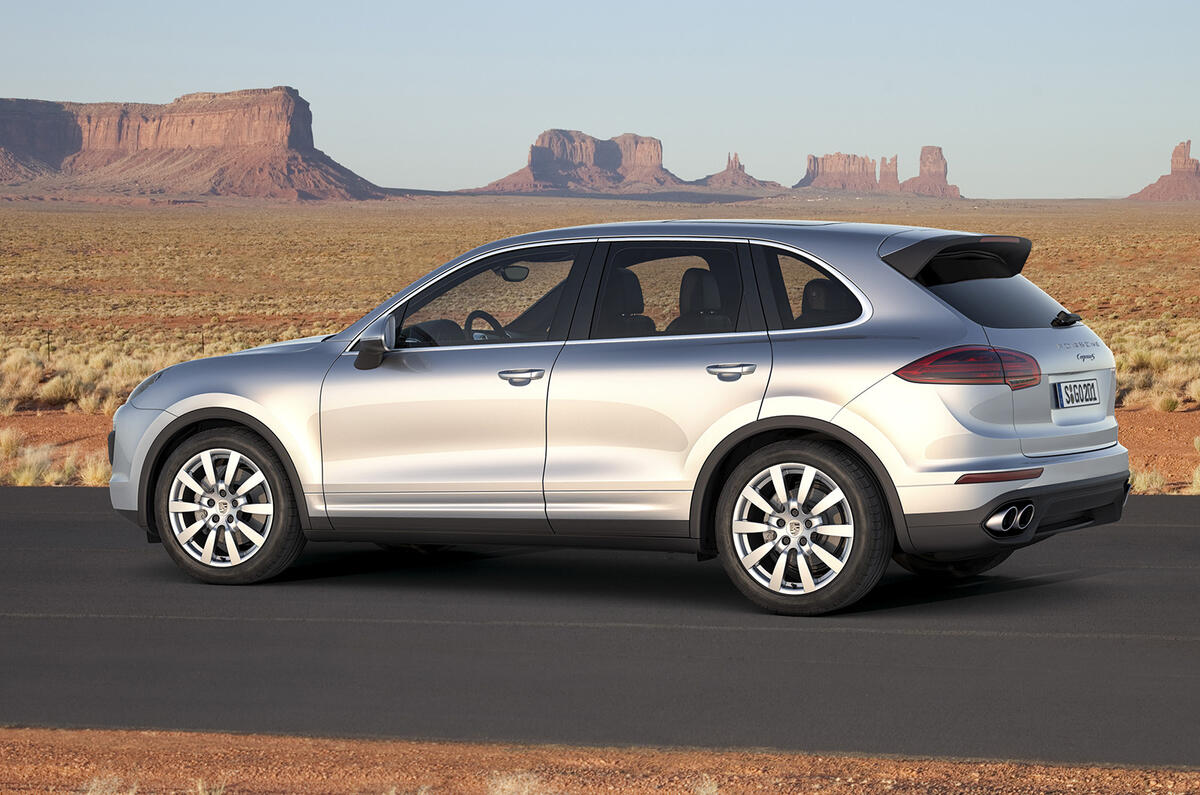
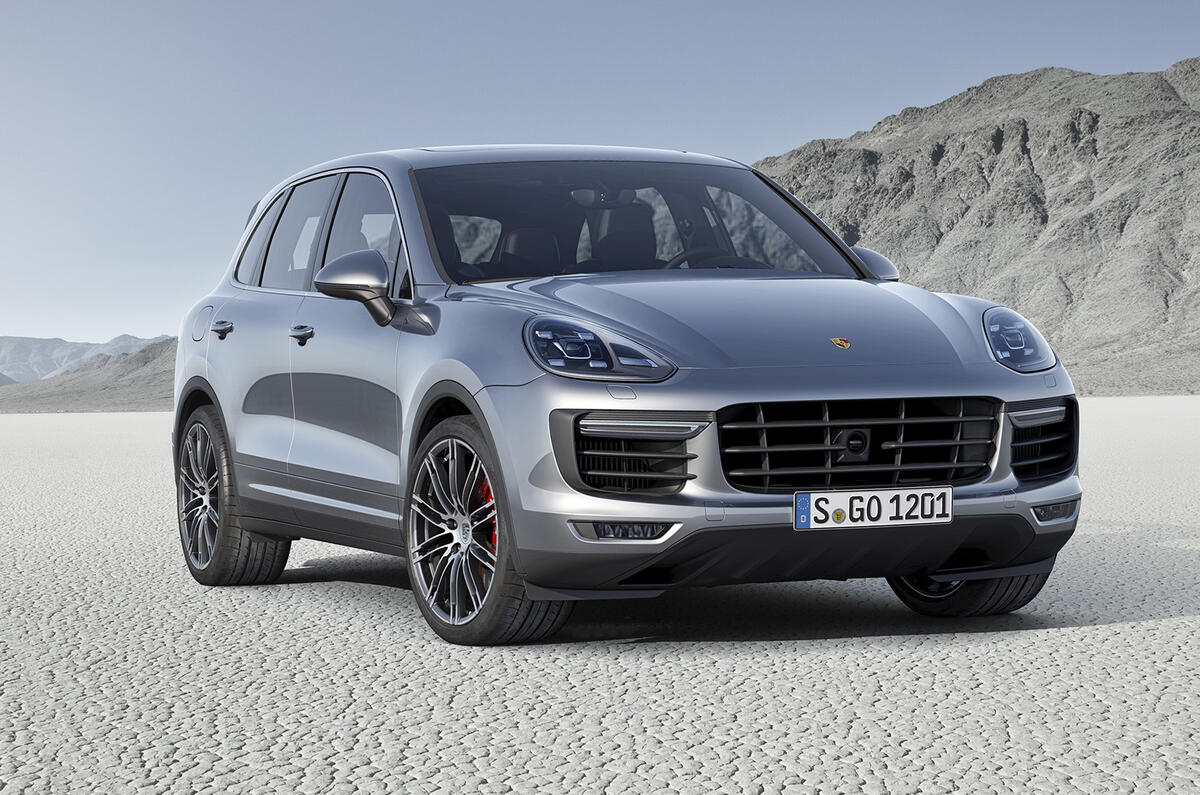
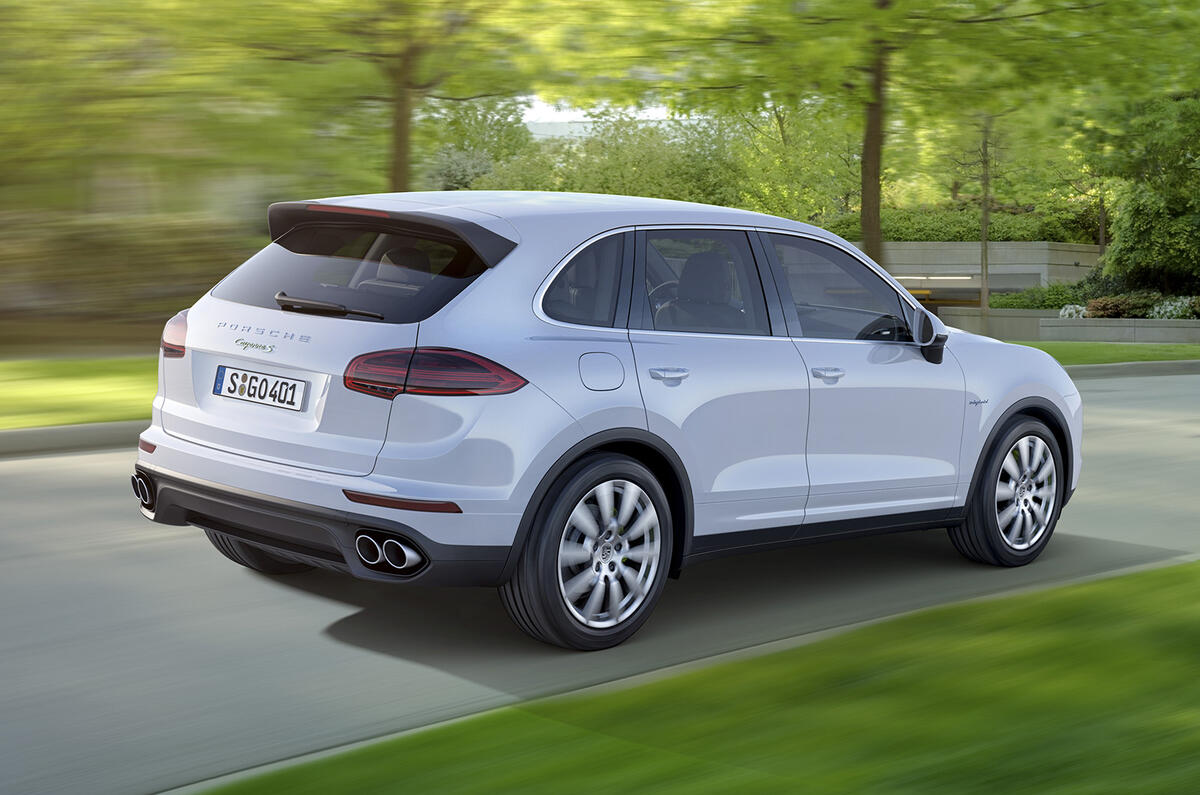
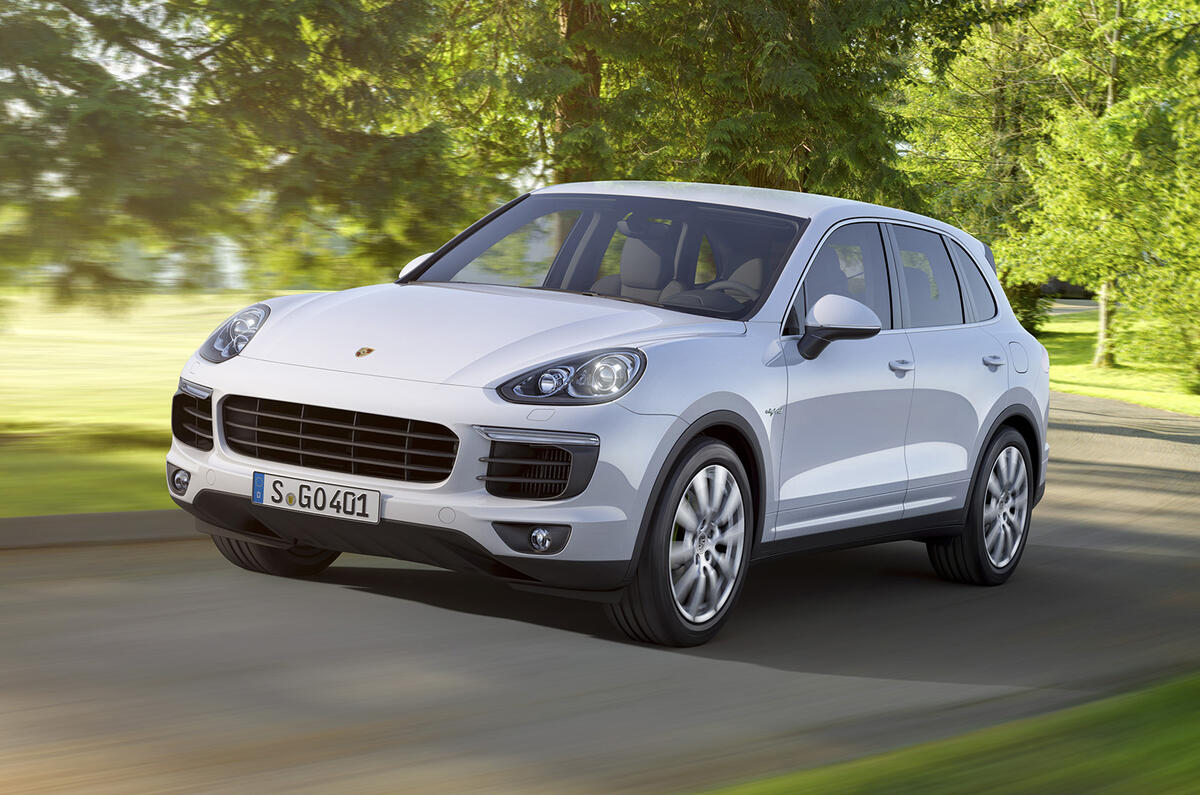
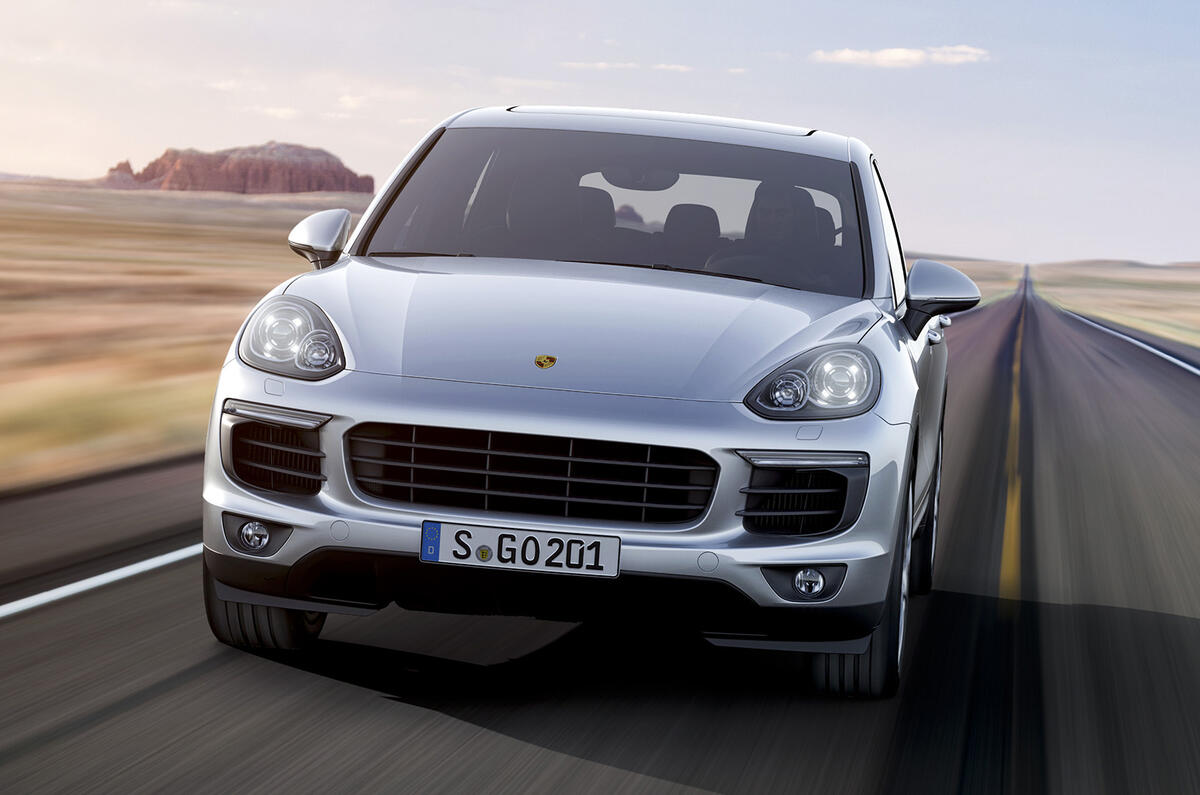
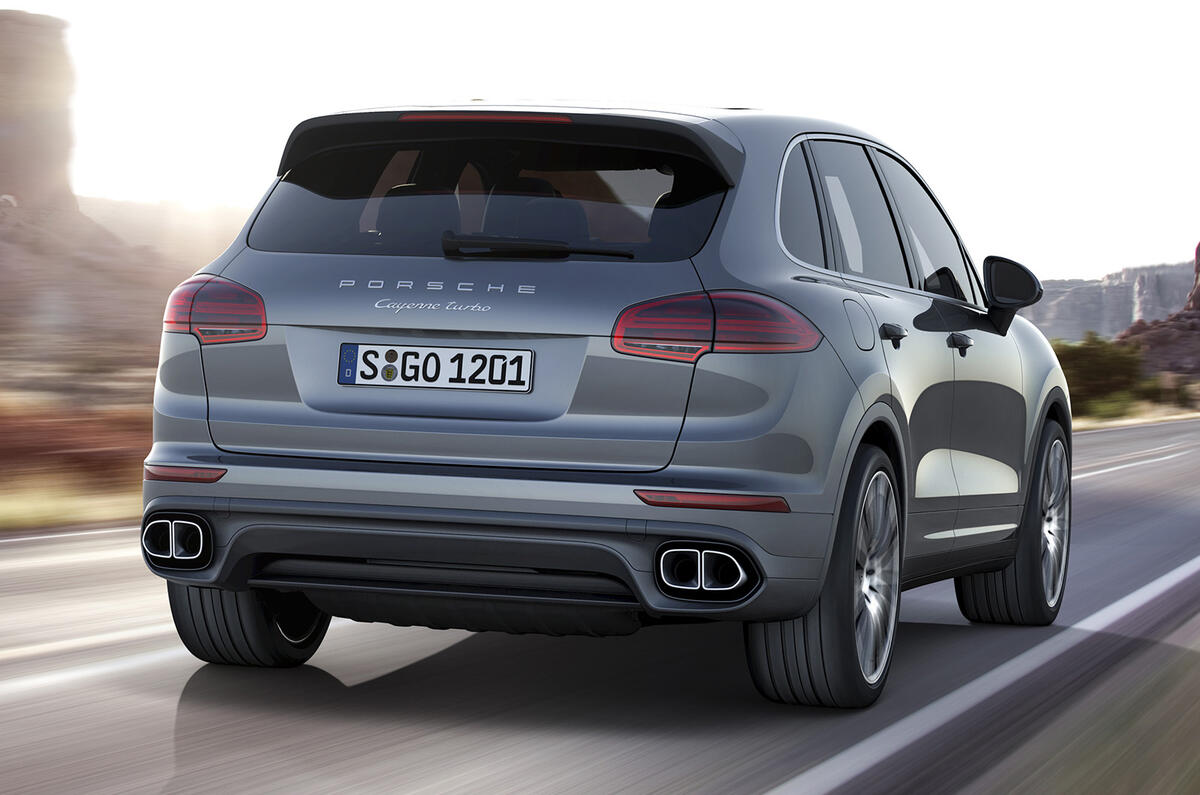
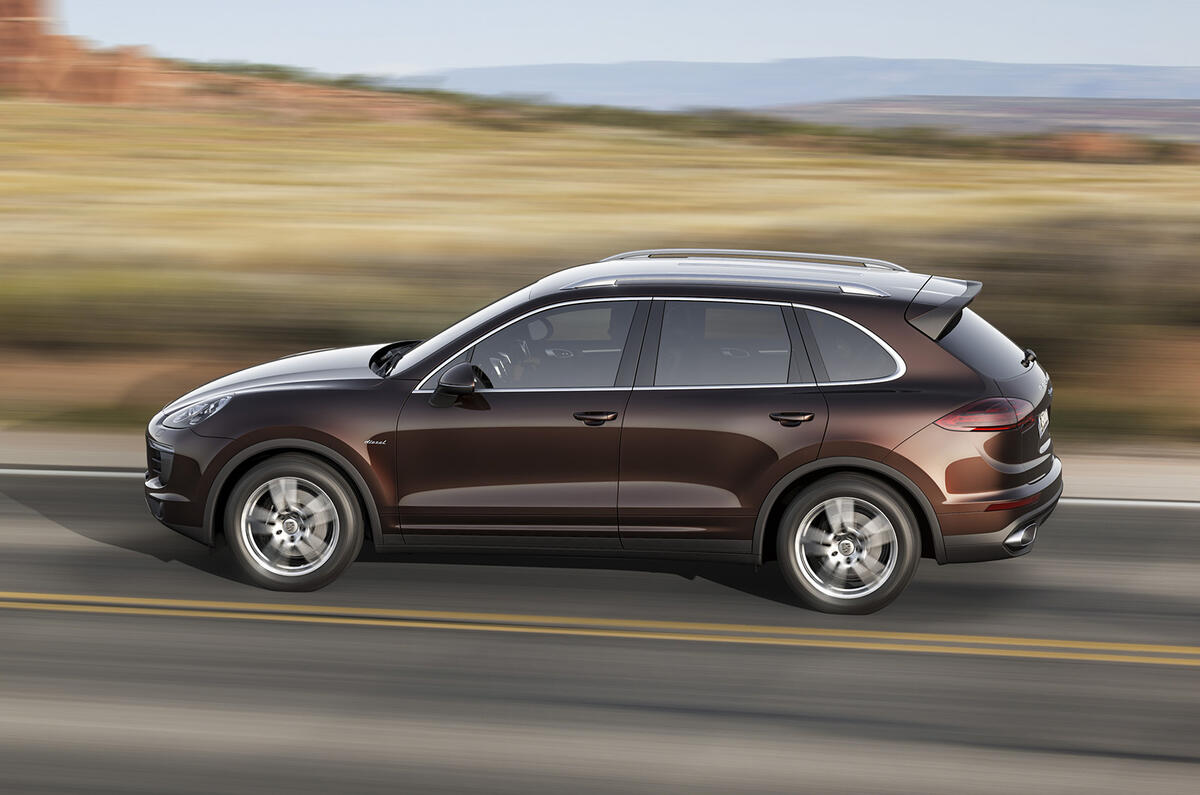
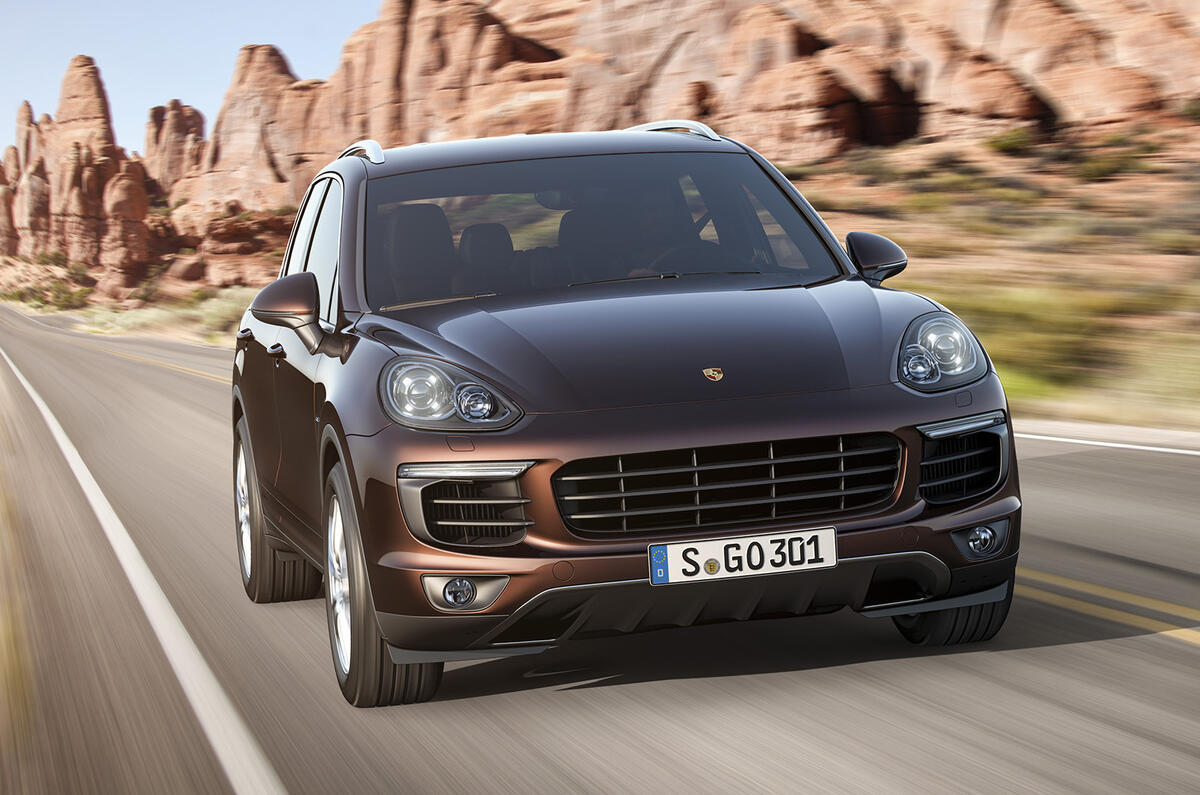
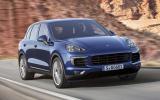
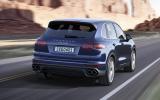
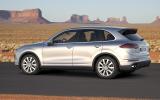
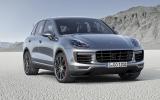
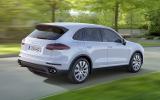
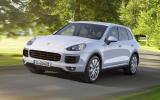
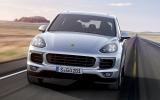
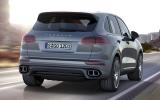
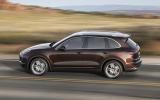
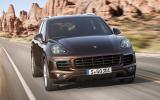


Join the debate
Add your comment
Preferred Pre-Facelift
Incidentally Autocar forgot to mention updates to the GTS and Turbo S.
I am assuming that the GTS is still available. I hope so, for it is the only naturally aspirated model left. The bliss of not having to deal with turbo lag. The deep thrum of the NA V8 is a treat not to be trampled. I hope they have not discontinued it, for try as they might, Porsche along with BMW and Mercedes have not been able to defeat turbo lag.
Too much like a VW
Still looks like a hippo.